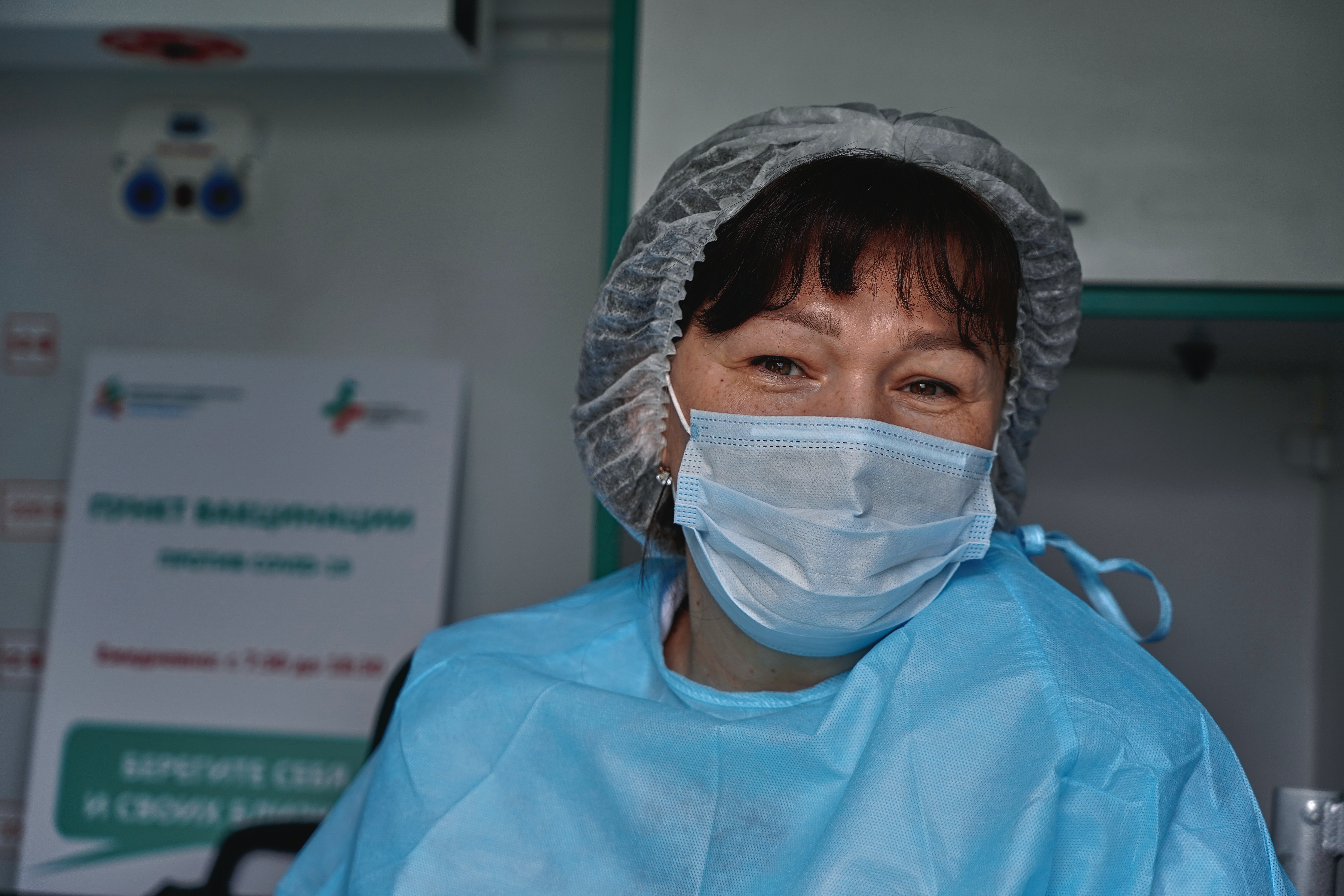Media release
From:
NURSES AND MIDWIVES DUE FAIR SHARE OF RESEARCH FUNDS
EMBARGOED UNTIL 12:01am Monday 7 November 2022
THE largest health workforce in the country – nurses and midwives – has the greatest research potential but is under-represented as recipients of research funding, according to the authors of a Perspective published today by the Medical Journal of Australia.
“Nurses and midwives are the frontline workers in hospitals and communities and thus are well positioned to lead research addressing efficacy of clinical and health system interventions,” wrote the authors, led by Professor Marion Eckert, Director and Professor of Cancer Nursing at the Rosemary Bryant AO Research Centre at the University of South Australia.
“Nurses and midwives work across all aspects of health care delivery, across all age groups, and from metropolitan to rural and remote areas, making their reach and potential impact substantial. To achieve meaningful and sustained impacts on health care outcomes, greater engagement with, and investment in, nursing- and midwifery-led research is needed.”
There are over 479 000 working nurses and midwives, constituting 57% of registered health professionals.
“[However], of the 200 National Health and Medical Research Council (NHMRC) grants funded to clinical trials networks between 2004 and 2014, only nine (5%) involved nursing and midwifery-specific research; in 2020, the NHMRC Investigator Grants scheme saw only seven of 238 grants (3%) awarded to nursing and one to midwifery (0.4%); and only one NHMRC 2020 postgraduate scholarship was awarded in nursing (1.6%),” reported Eckert and colleagues.
“Notably, of all NHMRC 2020 grant round applications, only five of 673 successful applications (0.74%) were nursing or midwifery focused, and only 30 of 5221 total applications (0.57%) identified nursing or midwifery as the primary field of research.
“A severe lack of nursing and midwifery applicants is a major issue.”
Eckert and colleagues detailed strategies needed to boost nursing- and midwifery-led research, including:
Develop research skills:
o by further improving the teaching of undergraduate-level research skills and enabling conversion to honours programs;
o by bolstering doctoral and postdoctoral research training opportunities and ensuring suitability of programs for nurses and midwives, including those who remain clinically active; and
o by improving the quality of nursing and midwifery research outputs; and
Increase resources:
o by funding opportunities and embedding career frameworks for nurses and midwives to undertake research that is clinically embedded, whether or not they undertake direct clinical work; and
o by creating nursing and midwifery roles that are part clinical and part research, and providing clinicians with dedicated time alongside their care duties to undertake clinical research and translation work (akin to medical colleagues).
Eckert and colleagues wrote that inequalities in research funding across gender and discipline divides “should be considered by government and funding bodies when creating funding priorities and grant criteria”.
“We look forward to seeing how recent changes may begin bridging these divides,” they concluded.
“Nurses and midwives comprise most of Australia’s regulated health care workers. They should therefore be key players in the design, development and leadership of clinical research, and their support as future research leaders is a sound economic investment.”
All MJA media releases are open access and can be found at: https://www.mja.com.au/journal/media
Please remember to credit The MJA.
The Medical Journal of Australia is a publication of the Australian Medical Association.



 Australia; NSW; VIC; QLD; SA; WA
Australia; NSW; VIC; QLD; SA; WA



